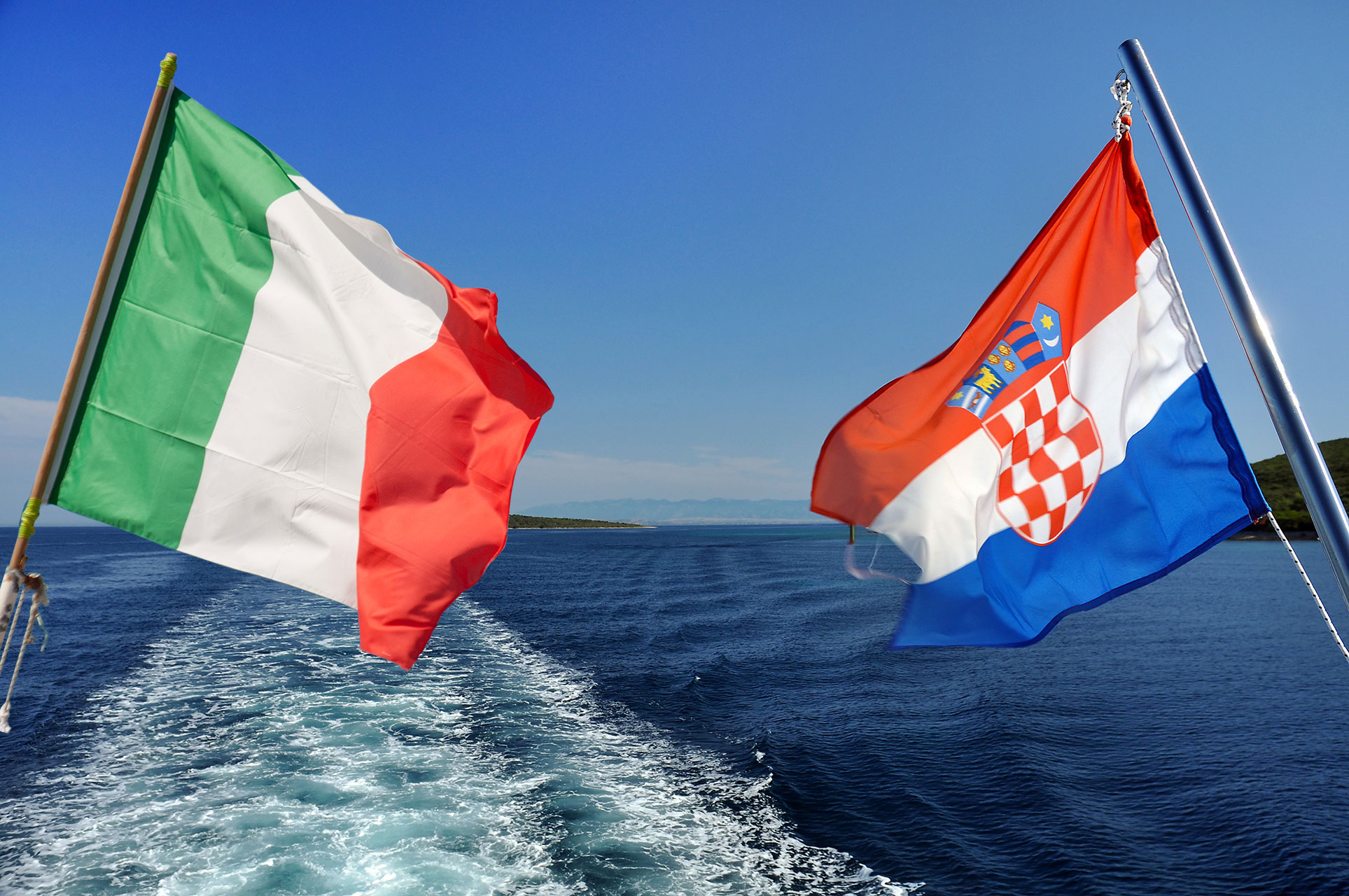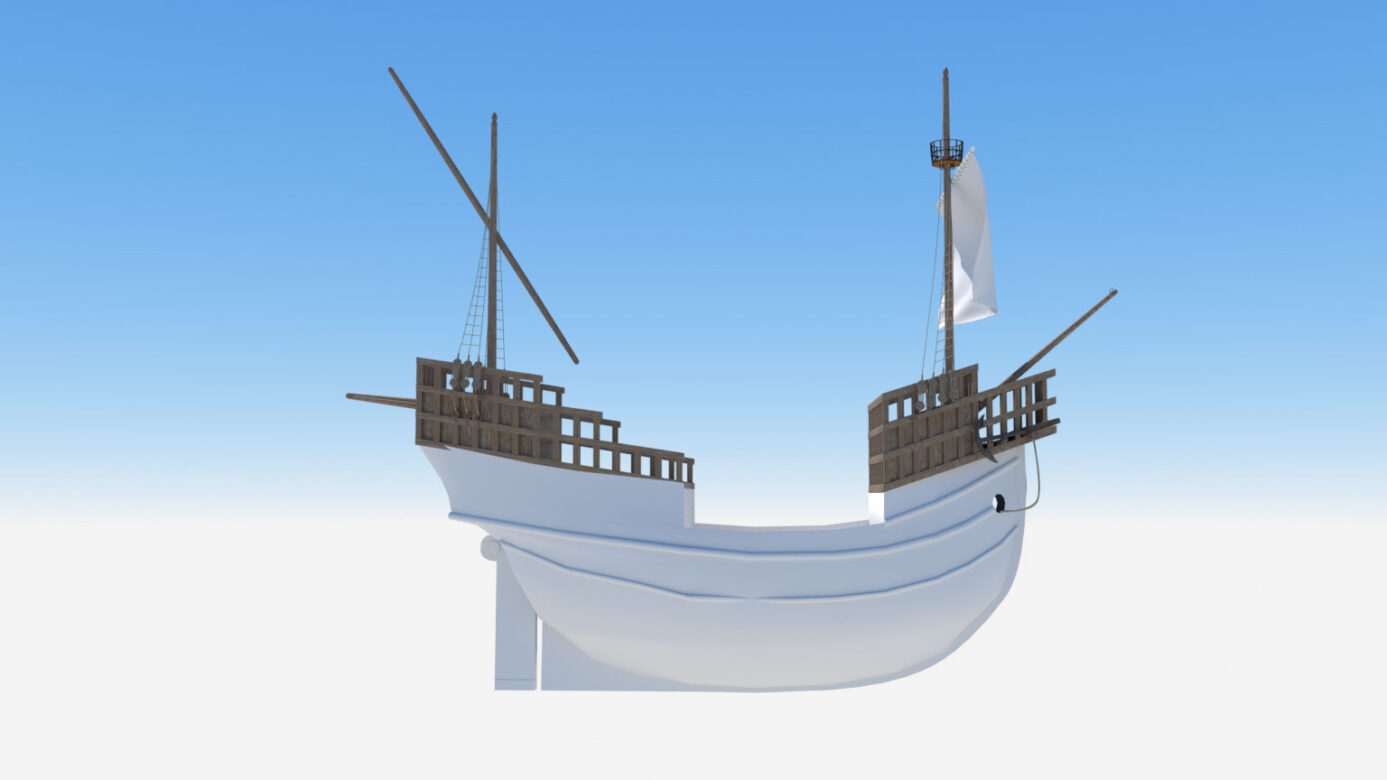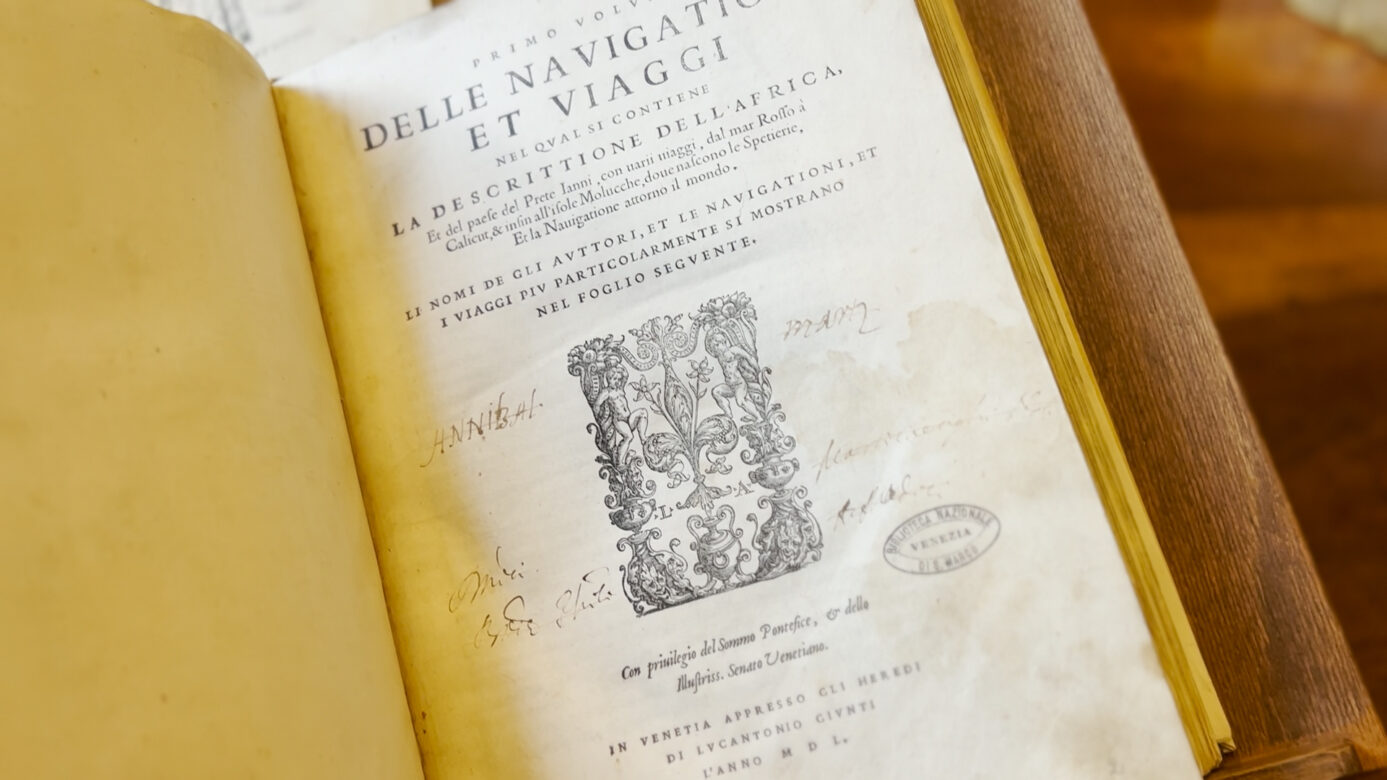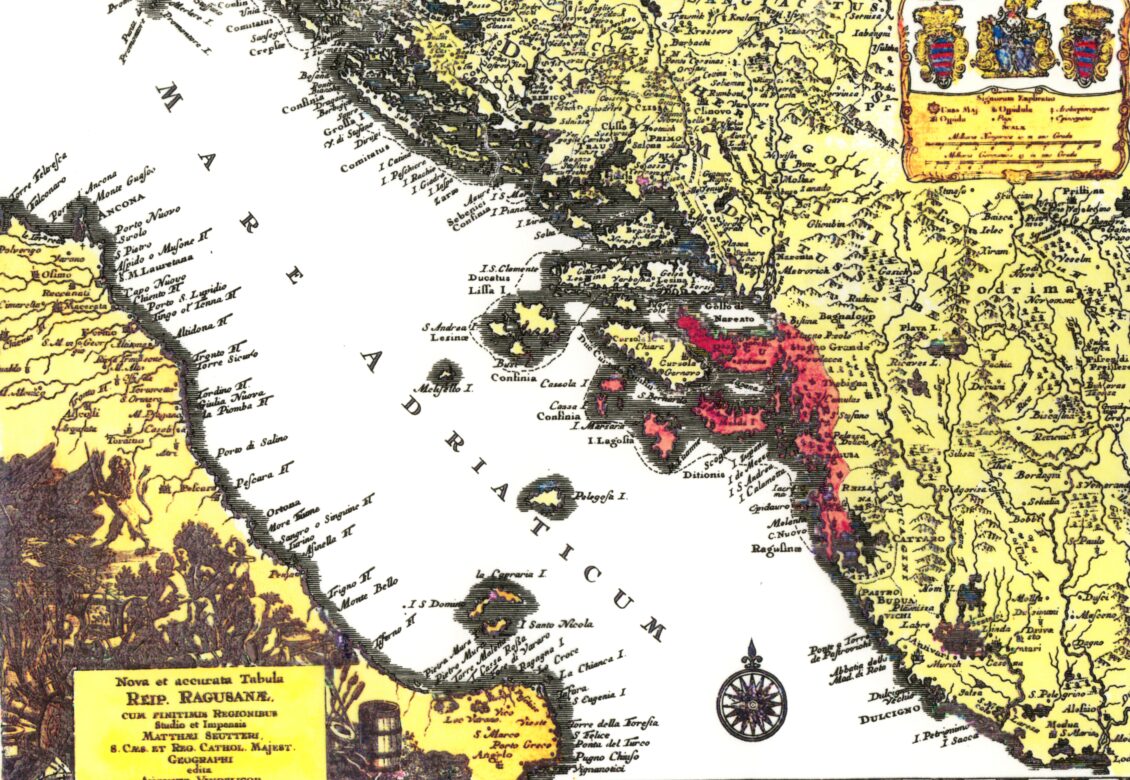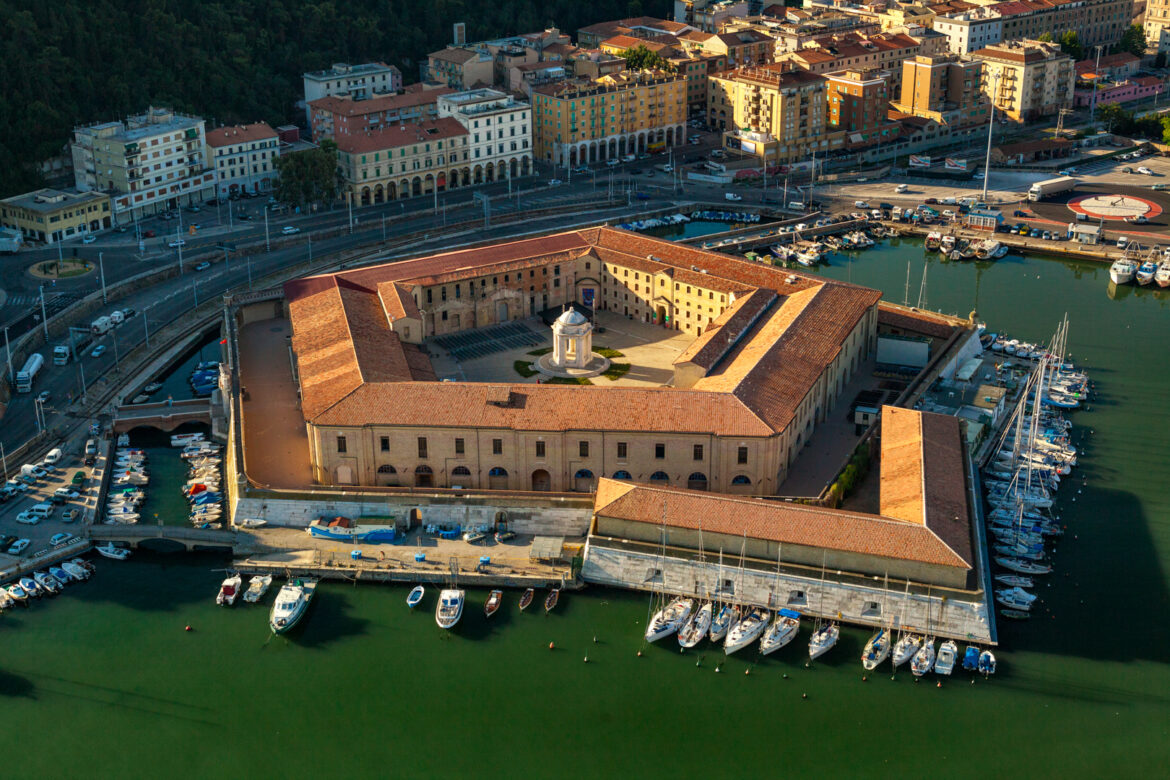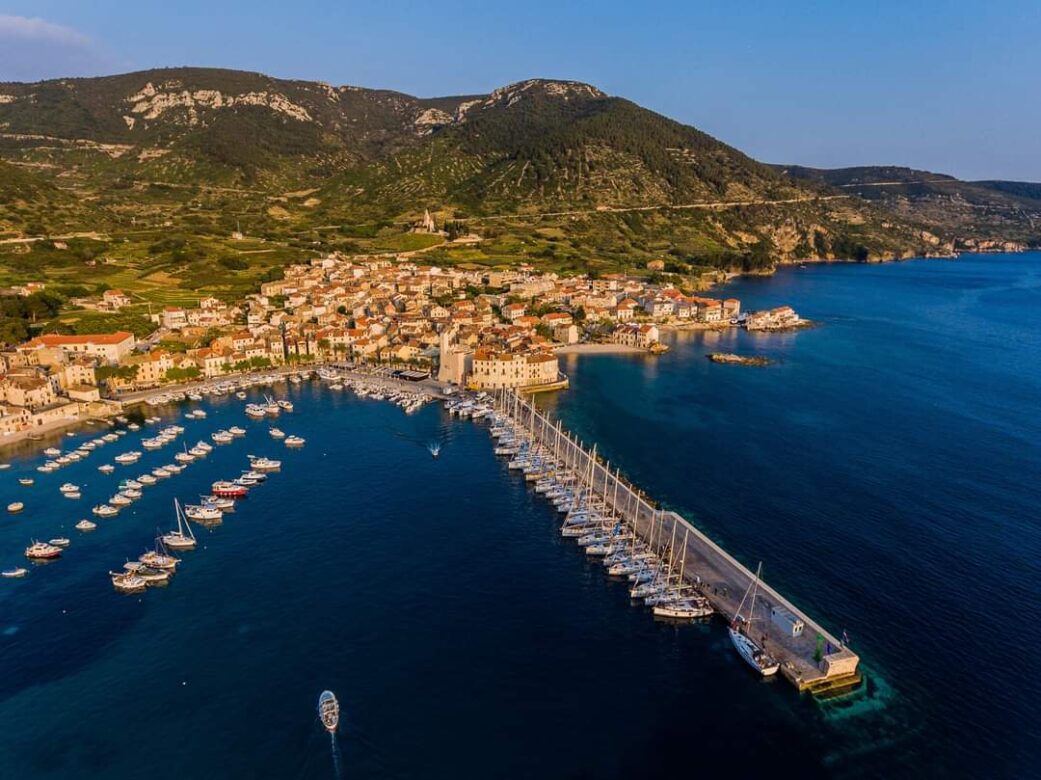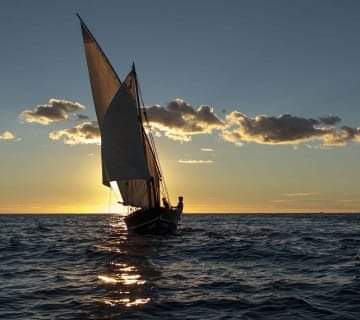For centuries, maritime corridors have connected Italy and Croatia, forming a network of trade, culture, and human exchange that still resonates along the Adriatic coast. This historic route, once travelled by merchants, sailors, and explorers, lives on through cities and ports such as Komiža, Dubrovnik, Venice, Rijeka, Ancona, Trieste and Ravenna.
Komiža, the fishing heart of Dalmatia, is known for the falkuša—a unique wooden boat used by Komiža fishermen for centuries. Today, the Falkuša Regatta revives traditional sailing practices, while Lingua halieutica, the fishermen’s unique dialect, preserves a rich linguistic and cultural heritage. Each December, locals celebrate St. Nicholas, the patron saint of fishermen, by ritually burning a boat to ensure safety at sea. Even Greek mythology finds a place here, through the legend of Diomedes, who is said to have founded a colony on the island of Vis.
Far to the south, Dubrovnik’s identity is tied to the karaka, a powerful trading ship that sailed the Mediterranean armed against pirates. These ships, known in English as argosies, symbolized the prosperity of the Republic of Ragusa and were even immortalized in Shakespeare’s plays.
Rijeka, a city of migration and memory, tells stories of thousands who left in search of a better life. The Maritime and History Museum houses a life jacket from the Carpathia—the ship that rescued Titanic survivors. The port witnessed countless departures filled with hope and silent returns.
Venice, birthplace of explorers, was built around its port. From Marco Polo’s travels in the East to the development of global cartography and publishing, Venice was a beacon of knowledge. Its fondaci—multi-functional trade hubs—ensured a smooth flow of goods and cultures along the Silk and Spice Routes.
In Ancona, the Mole Vanvitelliana, a pentagon-shaped structure on an artificial island, once served as a quarantine station. Today, it is a space of cultural convergence, linking past and future, land and sea.
Trieste flourished in the 19th century through its Free Port. The Carciotti Palace and cafés like Tommaseo reflect a golden age of finance, architecture, and intellectual exchange. Insurance companies born here shaped the city’s commercial identity. Monfalcone transformed into a shipbuilding powerhouse. From early 20th-century expansion to today’s Fincantieri shipyard—builder of the world’s most luxurious cruise ships—Monfalcone remains at the industrial heart of the Adriatic.
Ravenna, once the naval capital of the Roman Empire, hosted over a dozen historical ports. Classe, its main seaport, supported trade across the Mediterranean and supplied goods to the imperial court. The city’s archaeological remains today form part of a UNESCO World Heritage site.
The Travellers and Trade Route invites us to rediscover the shared Adriatic legacy—where cultures met, trade thrived, and the ancient call still echoes: Navigare necesse est.


